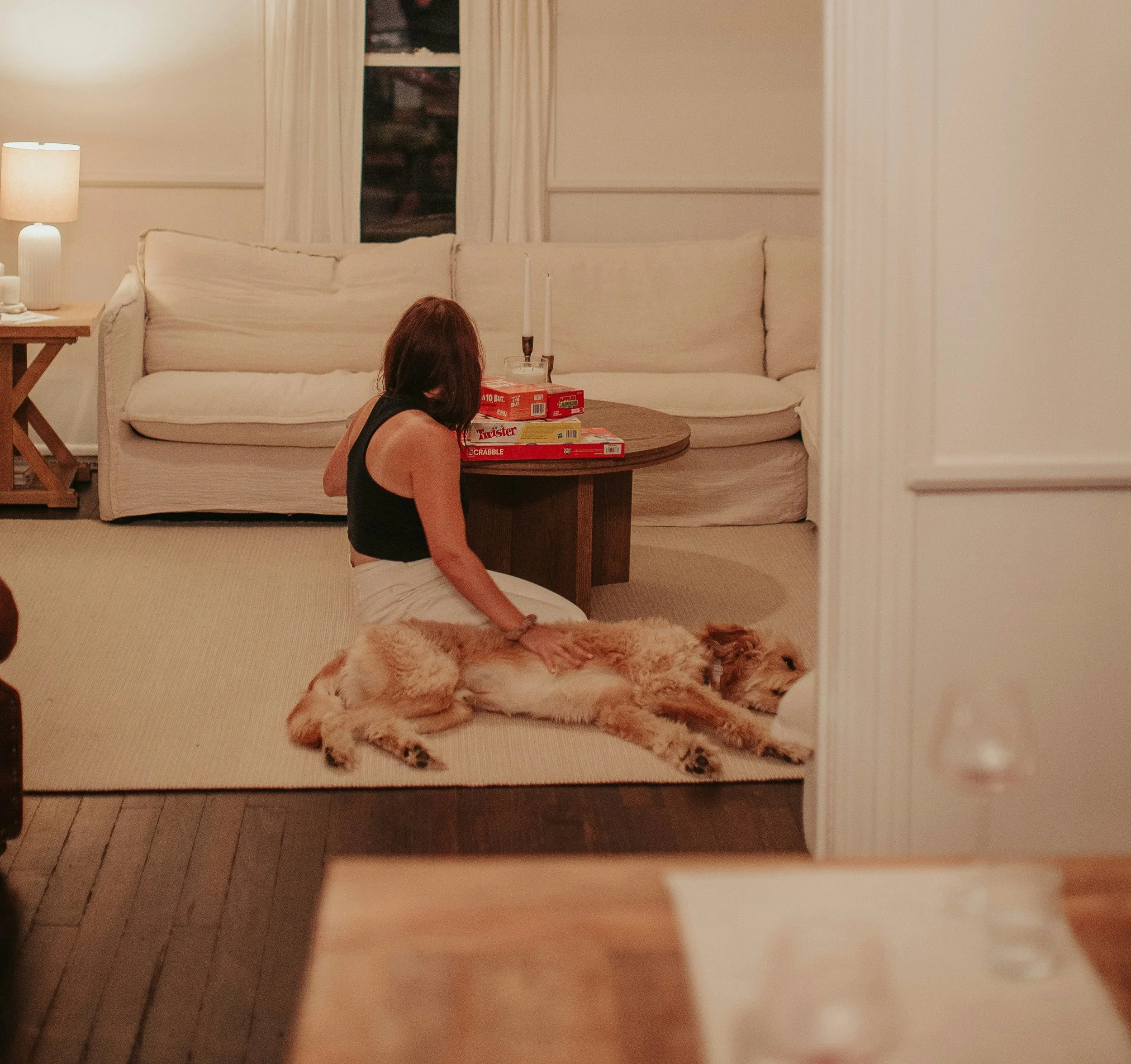How Do You Greet Your Pup When You Get Home? – The Psychology of Reunion Routines
Whether you’re gone for 5 hours or 5 minutes, your dog reacts like you’ve returned from a long journey.
The bouncing. The tail wags. The happy grumbles. It’s not just adorable — it’s meaningful.
The way you reconnect with your dog after being apart plays a critical role in their mental and emotional stability. In fact, dogs interpret your reunion cues as confirmation of their security, status, and bond with you.
🧠 Dogs and Attachment: Just Like Children?
Animal behaviorists and veterinary psychologists have long noted that dogs exhibit similar attachment behaviors as human toddlers.
One study by Dr. Lisa Horn and her team at the University of Vienna found that dogs’ attachment patterns to their caregivers closely mirror those of infants to their parents. This includes:
Proximity seeking
Distress when separated
Joy upon reunion
Secure base effect — dogs are more confident exploring the world when their owner is present
So when you walk through the door, your dog isn’t just “excited” — they’re confirming:
“My person came back. I’m safe again.”
🐶 Why Consistent Greetings Matter
Dogs are creatures of habit. Predictable routines help reduce anxiety, improve confidence, and even enhance obedience.
A consistent “welcome home” ritual teaches your dog how to transition from alone time to together time without overexcitement or stress.
It can also help reduce:
Destructive behavior
Whining or barking when left alone
Hyperactivity during reunions
Anxiety-related accidents
💡 How to Create a Healthy Greeting Ritual
✔️ Acknowledge calmly — Avoid hyping them up with too much energy (this can reinforce jumping or barking).
✔️ Let them sniff first — Scent tells them where you’ve been and eases their curiosity.
✔️ Use a consistent phrase — “I’m home!” or “Hi puppy” creates a reliable emotional cue.
✔️ Ignore bad behavior — Reward only calm, paws-on-the-floor greetings.
✔️ Match tone to behavior — Warm but grounded tone reinforces emotional balance.
Over time, your dog will internalize this rhythm — making greetings smoother, calmer, and more emotionally regulated.
🧬 Bonus Insight: Scent-Based Anticipation
Research suggests that dogs may estimate the length of time you’ve been gone by smell.
As your scent fades throughout the day, they learn to associate your return with a specific “scent level.” It’s one reason they may start pacing or waiting near the door just before you come home — not psychic powers, just a sensitive nose!
🐾 Final Takeaway
Your daily greeting isn’t just a routine — it’s a relationship ritual.
By keeping it calm, consistent, and connected, you give your dog exactly what they crave: reassurance, predictability, and love.
